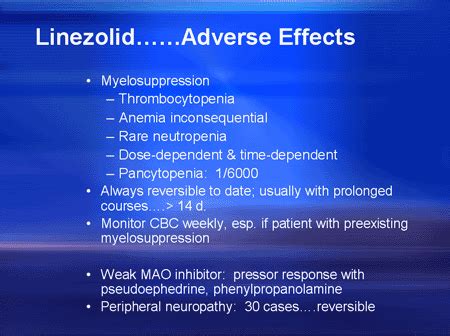Licensing for pharmacists in California is a complex process, involving multiple steps and requirements. The California State Board of Pharmacy is responsible for issuing licenses to pharmacists, ensuring that they meet the necessary standards of education, training, and competency. In this comprehensive guide, we will break down the licensing process, highlighting the key requirements, steps, and resources needed to become a licensed pharmacist in California.
Understanding the Basics of Pharmacy Licensing in California
To practice as a pharmacist in California, one must obtain a license from the California State Board of Pharmacy. The board is tasked with protecting the public’s health and safety by ensuring that pharmacists are qualified and competent to provide pharmaceutical care. The licensing process involves several key elements, including education, examinations, and background checks.
Educational Requirements for Pharmacists in California
The first step towards becoming a licensed pharmacist in California is to earn a Doctor of Pharmacy (Pharm.D.) degree from an accredited pharmacy program. The Accreditation Council for Pharmacy Education (ACPE) is the primary accrediting agency for pharmacy programs in the United States. California requires that applicants graduate from an ACPE-accredited program to be eligible for licensure.
Examination Requirements
After completing the educational requirements, the next step is to pass the North American Pharmacist Licensure Examination (NAPLEX) and the California Pharmacy Law Examination. The NAPLEX is designed to assess a candidate’s knowledge and skills in areas such as pharmacotherapy, pharmaceutical science, and pharmacy practice. The California Pharmacy Law Examination tests a candidate’s understanding of California’s pharmacy laws and regulations.
Background Checks and Application Process
In addition to meeting the educational and examination requirements, applicants must also undergo a background check through the California Department of Justice and the Federal Bureau of Investigation. This step is crucial for ensuring public safety. The application process involves submitting transcripts, examination scores, and other supporting documents to the California State Board of Pharmacy.
Maintaining Licensure
Once licensed, pharmacists in California must complete continuing education requirements to maintain their licensure. The California State Board of Pharmacy requires licensed pharmacists to complete a certain number of hours of continuing education each year, with a focus on topics relevant to pharmacy practice and patient care.
Resources for Aspiring Pharmacists
For individuals seeking to become licensed pharmacists in California, several resources are available:
- California State Board of Pharmacy: The official website provides detailed information on licensing requirements, application processes, and continuing education needs.
- Accreditation Council for Pharmacy Education (ACPE): Offers a list of accredited pharmacy programs, which is essential for ensuring that one’s education meets the state’s licensing requirements.
- National Association of Boards of Pharmacy (NABP): Provides information on the NAPLEX and other examinations required for licensure.
Challenges and Opportunities in Pharmacy Licensing
The process of obtaining a pharmacy license in California is rigorous and designed to ensure that pharmacists are well-prepared to provide high-quality patient care. While the journey may be challenging, the opportunities for licensed pharmacists are vast, with roles available in retail pharmacies, hospitals, research institutions, and more.
Conclusion
Becoming a licensed pharmacist in California requires dedication, hard work, and a thorough understanding of the licensing process. By following the steps outlined in this guide, aspiring pharmacists can navigate the complex requirements and start a rewarding career in pharmacy. Remember, licensing is not just a prerequisite for practice; it’s a commitment to ongoing learning and professional development, ensuring that pharmacists remain at the forefront of healthcare delivery.
What are the educational requirements for pharmacists in California?
+To become a licensed pharmacist in California, one must earn a Doctor of Pharmacy (Pharm.D.) degree from an Accreditation Council for Pharmacy Education (ACPE) accredited program.
What examinations are required for pharmacy licensure in California?
+Applicants must pass the North American Pharmacist Licensure Examination (NAPLEX) and the California Pharmacy Law Examination.
How do I maintain my pharmacy license in California?
+Licensed pharmacists must complete continuing education requirements each year, focusing on topics relevant to pharmacy practice and patient care.
In the ever-evolving field of pharmacy, staying informed about licensing requirements, best practices, and emerging trends is crucial for professionals and those aspiring to join the field. By understanding the intricacies of the licensing process and the role of pharmacists in healthcare, individuals can better navigate their career paths and contribute meaningfully to patient care and public health.


